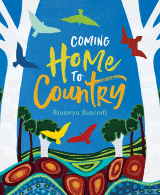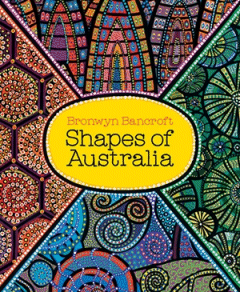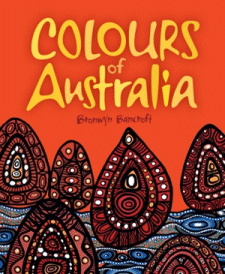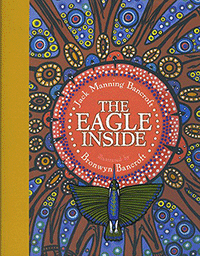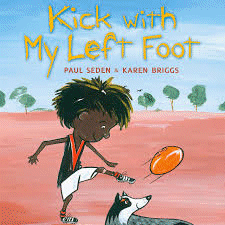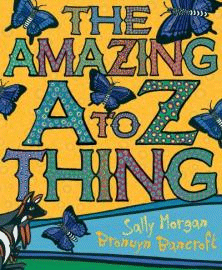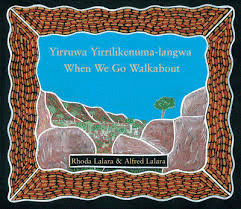
Yirruwa Yirrilikenuma-langwa When We Go Walkabout
Yirruwa Yirrilikenuma-langwa When We Go Walkabout
Rhoda Lalara
Alfred Lalara
Allen & Unwin and The Little Big Book Club, 2014
hbk, RRP $A24.99
9781743314562
Yirruwa Yirrilikenuma-langwa, amiyembena yirrirringka yirruwa?
When we go walkabout, what do we see?
The beautiful landscapes are fauna of Groote Eylandt are brought to life in this unique dual-language picture book which introduces very young children to their unique surroundings. There is the frill-necked lizard – dukwululuwawa – on the big rock; the green frog – dilyaburnda – in the billabong; the wallaby – yiburada – in the scrub and many more right through to the dingarrbiya and the yikurridangwa!! And then back home, after the walkabout is complete, there is someone special – the person who first introduced the author and illustrator to their environment and who inspired the book because they want to be able to share the wonders with their own grandchildren in time.
This is a remarkable book for many reasons…
Apart from the text written in both Anindilyakwa and English – the two-way learning that is the best way for indigenous children to become literate in both English and their mother-tongue – the artworks which are a collaboration between the illustrator Alfred Lalara and his wife Alice Durilla, are an integral part of passing on knowledge embedded in traditional stories and thus a critical part of the book as a whole. The stories of how Alfred and his wife learned to paint in the traditional style, and Rhoda’s motive for writing When We Go Walkabout make fascinating reading at the end of the book. Clearly it is one of those rare titles that entertains, informs and persuades at the same time.
The book itself is the first of the Emerging Indigenous Picture Book Mentoring Project a partnership between the Little Big Book Club and Allen & Unwin in which six previously unpublished Indigenous writers and illustrators will have their work showcased in four picture books during 2014. Each creator has been partnered with a renowned mentor in children’s publishing including Nadia Wheatley, Ken Searle, Nick Bland, Ann James, Bronwyn Bancroft, Boori Monty Pryor and Ali Cobby Eckermann to share ideas, techniques and inspiration for their first published work. The project has been funded by the federal government through the Australia Council and it means that not only will our cohort of children’s writers be enriched but our students will have access to authentic texts that will work towards the understanding and harmony between our cultures that is at the heart of so many of the Australian Curriculum outcomes.
Even though the publishers suggest this is a book for the 0-5 brigade, Miss Nearly 8 and I shared and thoroughly enjoyed it. It sparked a discussion about how other Australian children speak different languages and how much fun that could be and because we live where we do, we see some of the creatures like wallabies and cockatoos daily, we tried saying the new names we had learned. It helped that we could listen to Rhoda Lara read it to us . (There’s a QR code in the back of the book.) We also talked about how the story was written so the language and knowledge could be passed through the generations on Groote Eylandt and what she had learned from her grandmother (me) and what of that she might pass on to her own children. That was a fascinating insight and showed that getting children to talk about such things is a critical way of helping them understand both their family history and their place in it.
Usually I give my review copies to a local school, but Miss Nearly 8 asked if she could have this one. She wanted to read it again and think about it some more – and then write a story for her grandchildren!! The best stories always go beyond the lines, and this has clearly done that.
